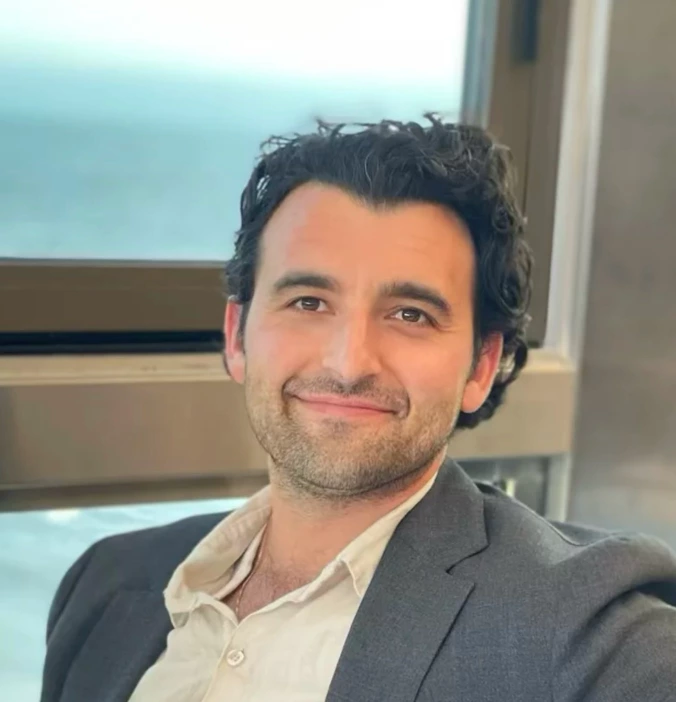We’ve heard about bouncing back. It’s a colloquialism. Colloquialisms are insidious because so much of their ubiquity and influence goes unnoticed and, more importantly, unchallenged. It is what it is (another colloquialism).
When a colloquialism is challenged with different verbiage, I perk up. I often get excited and inspirationally enthralled. I think “yes, I’ll take that version!” I listened to Adam Grant’s Work Life podcast this morning on Bouncing Back from Rejection, and he spoke about this reframe of not just bouncing back but being able to BOUNCE FORWARD, i.e., instead of post traumatic stress, there can be post traumatic growth.
The absence of language limits choice; whereas, the presence of language promotes choice.
“The limits of my language means the limits of my world.”
Ludwig Wittenstein
“What you aim at determines what you see.”
Jordan Peterson
I am now aiming at BOUNCING FORWARD, as opposed to bouncing back. I am less afraid of what may not work and/or what could go wrong because, regardless of the aftermath, the opportunity is still the same: to bounce forward.
This is the practice, is it not? Choosing to keep the ball in play and when the ball is in play it is bouncing. Bouncing is momentum and bouncing is rhythm. That moment has already passed. The opportunity now is to come in on the next beat. Embracing that next beat is bouncing forward. Bouncing forward is inherently creative because its “the human act of doing something that may not work, something generous, something that will make a difference” (Seth Godin).
Now that we know there is more than one way to bounce, we are all capable of choosing to bounce forward. How we choose to bounce forward is entirely up to us. The only constant difference among individuals and teams bouncing forward, as opposed to bouncing back, is their posture, disposition, and attitude. It’s intentional, courageous, vulnerable, and opportunistic.
Oh, and let’s not forget… Bouncing is FUN!




